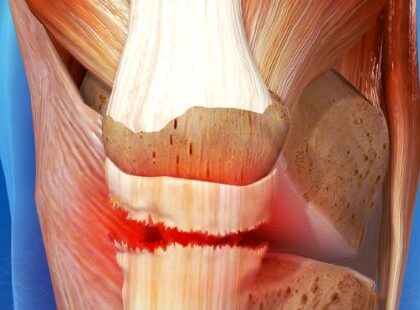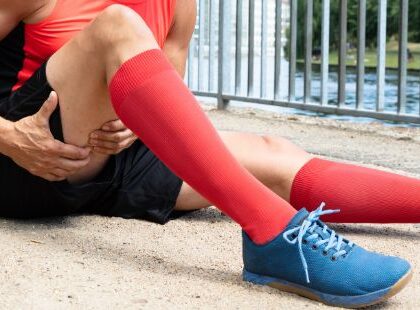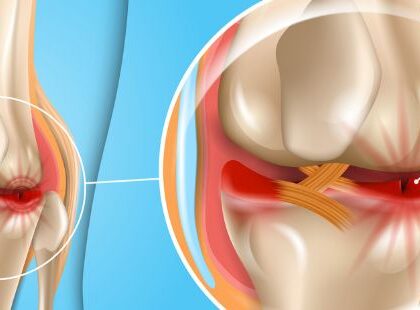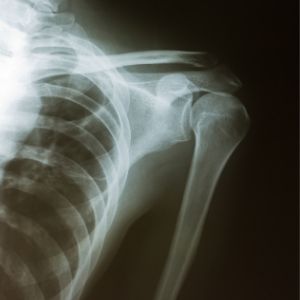



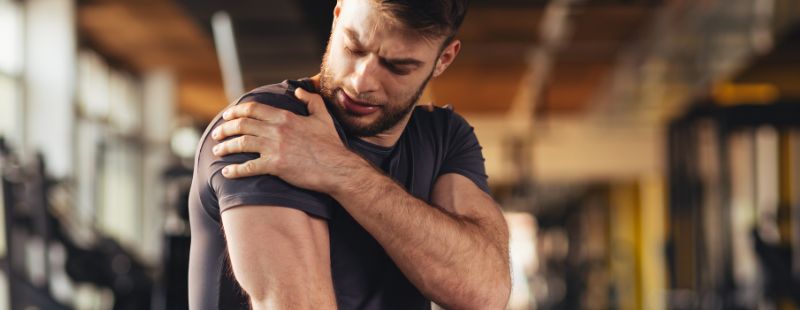
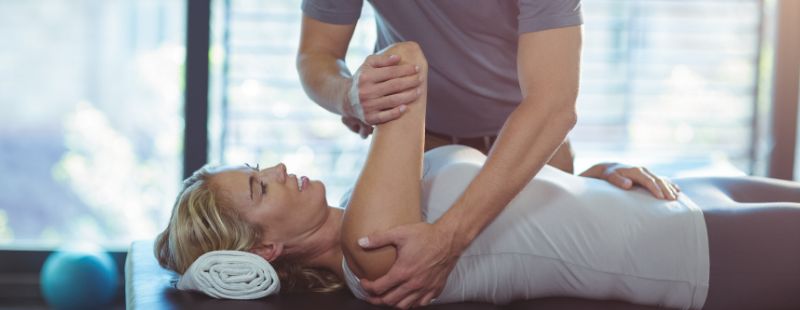
The shoulder joint is one of the key joints in our body. It is also one with the most mobility due to its ball-and-socket design. It not only allows us to easily lift and rotate our arm but helps us reach over behind our head and back as well. While this ability to turn in various directions is very useful, it can sometimes lead to a condition called shoulder instability.
Shoulder instability usually occurs when the upper arm bone's ball-shaped head is forced out of its shoulder socket. This condition is also called shoulder dislocation. Shoulder dislocations represent 50% of all major joint dislocations. It occurs mainly due to overuse or sometimes due to injuries to the shoulder.
Shoulder Instability - Causes and Treatment
Types of Shoulder Instability
Instability in the shoulders is typically caused by damage to the ligaments/labrum that support the shoulder joints. The affected ligaments either get torn or overly stretched.
There are two types of shoulder instability or shoulder dislocation:
Partial Shoulder Dislocation

In a partial dislocation, the head of the humerus or the upper arm bone partially comes out of the shoulder socket. This is also called shoulder subluxation. It can happen due to an injury or trauma. Sometimes a stroke can also weaken the arm muscles leading to potential shoulder instability.
Complete Shoulder Dislocation

This is a more severe type of shoulder dislocation. In this condition, the head of the arm bone comes all the way out of the shoulder socket. This can also be caused due to trauma to the shoulder because of sports injuries or overuse due to repetitive activities.
Once the shoulder becomes unstable or dislocated, it becomes more vulnerable to further dislocations. If the shoulder is so loose that it slips out of the socket too frequently, it becomes a chronic shoulder instability.
Shoulder Instability Symptoms

As we mentioned earlier, shoulder instability can make your shoulder joint very prone to future injuries leading over time to a series of dislocations and subluxations. This condition can also cause severe pain and can seriously limit your regular physical activities.
Some of the common symptoms are:
- Deformed or out-of-place shoulder
- Pain
- Swelling
- Numbness or tingling along the arm
- Difficulty in joint movement
What Causes Shoulder Instability

Shoulder instability is typically seen in 3 groups of people:
- People with previous dislocations
People who have a previous history of shoulder dislocation are much more prone to shoulder instability in the future. This happens mainly due to the ligaments supporting the joint, not healing completely after an earlier dislocation.
- Athletes or people who involve in intense physical activities
Sportspersons who repeatedly utilise their shoulders while carrying out any overhead actions are highly prone to shoulder instability. People who play sports such as baseball, tennis, swimming, volleyball etc., are more prone to this condition. Over time, the shoulder ligaments can loosen and cause the shoulder to become more unstable. When it comes to shoulder injuries, younger athletes often fall in the high-risk category.
- People with connective tissue disorders (Double-jointed or Hypermobile shoulders)
People who have a double-jointed shoulder are far more prone to shoulder instability. This is caused by the looseness in that joint, making it weaker and much less resistant to future injuries.
Treatment for Shoulder Instability

The treatment for an unstable shoulder depends entirely on the nature of the condition and the severity of the injury.
- Rehabilitation
Rehabilitation will help strengthen the muscles and connective tissues around the shoulder joint. It will also make the joint much more resistant to any future injury.
- Rest & Recovery
Sufficient rest is key to faster recovery from shoulder injuries. The duration of rest would depend on the severity of the damage and the level of pain.
- Medication
Medication is used to control the pain and swelling and also to speed-up recovery. Surgery may become necessary in more severe cases where the symptoms persist and the injury prohibits regular movements. Surgery helps tighten the ligaments that surround the joint. It can also help repair the tears and other damages to that shoulder ligaments.
Chiropractic Treatment for Shoulder Instability

Chiropractic treatment is an excellent option for recovery from an unstable shoulder. If often involves correct placement through chiropractic manipulation, mobilisation, rehabilitation and strengthening exercises.
At Paramount Health, we have years of experience helping people recover from shoulder instability and other sports and lifestyle injuries.
Now that you have a better understanding about instability in shoulders, it’s causes and treatment, feel free to reach out to our sports chiropractor in case you need for more information. We can help you overcome these issues and get back to an active lifestyle.






